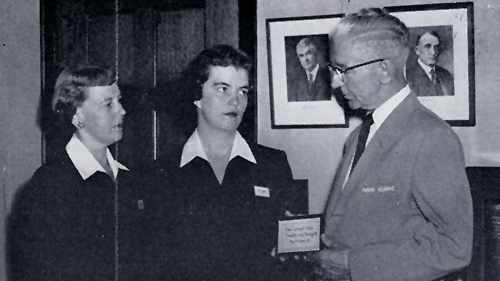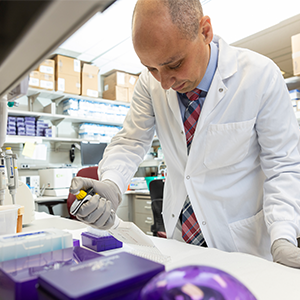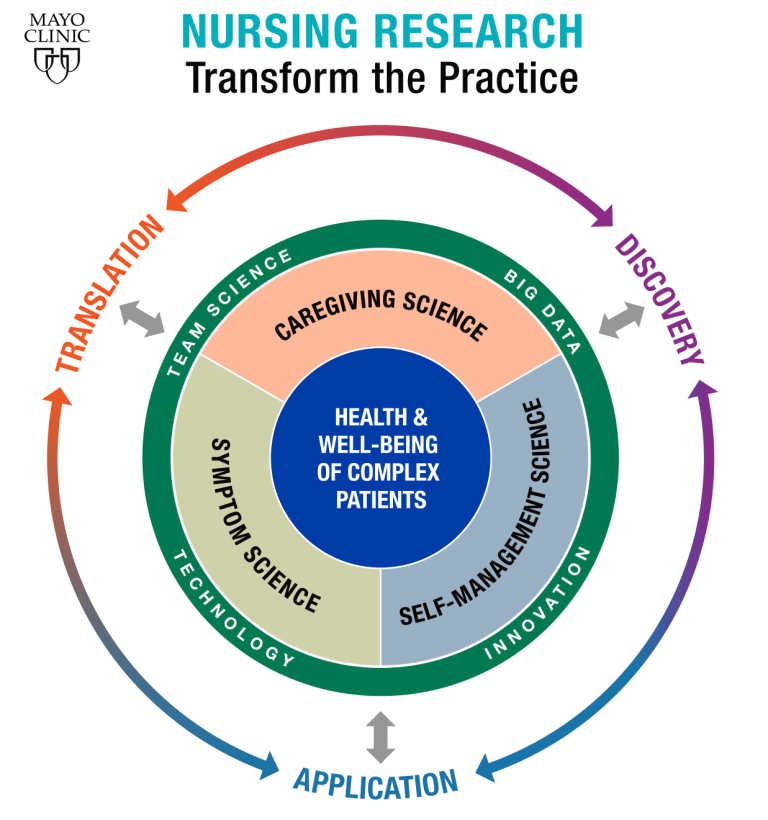-
#ThrowbackThursday 1958: Patient Tours
This article first appeared July 12, 1958, in the publication Mayovox.
Guides’ Theme: Visitors Like Guests in the Home
Tours for patients and visitors are well established and accepted activities at the Clinic. As with other activities, it often becomes necessary or desirable to institute changes.
Such a change was made early this year with the addition of two former Clinic women to serve as “tour hostesses.” At the same time a 17 session training course for Clinic tour guides was planned by Clyde Crume and Douglas Williams of General Service and R.C. Roesler of Administration. The training sessions were conducted by H.A. Blackmun, K.J. Ladner, A.M. Keith, A.R. Hanson, F.O. Reed, Malcolm Mellin and Roesler.
The course was attended by the two hostesses and four General Service men who serve as guides for special tours. They are Donald Arneson, Arvin Lubahn, Donald Phillips and Kenneth Stock. The course supplied not only the information which is included in the guide’s remarks during the tour, but a solid background of facts about the Clinic, Mayo Foundation and Mayo Association to enable guides to give the right answer to most visitors’ questions.
Hostesses
The tour hostesses are Mrs. Dorothy Willis, formerly with Central Appointment Desk and Mrs. Margaret Schmit, former Clinical Pathology technician. They conduct the daily (except Sunday) public tours which start at 10 o’clock in Plummer Building, last a bit over an hour. They are also on call for special tour duties.
Veteran tour guide, Douglas Williams, continues to supervise Clinic tours, maintains the calendar of tours, and assists in the training of guides and hostesses. In addition, he conducts special tours including those for new employees.
A few weeks back Mayovox joined a group of twenty-seven visitors in making the tour of Plummer and Mayo Buildings. Close to sixty “tourists” were on hand that morning—that’s an average number says Williams.
We went first to Plummer Hall where James A. Claydon spoke briefly on the founding of the Clinic, its organization and facilities, the interrelation of the Clinic, Mayo Foundation and Mayo Association. This assignment rotates among the following: D.A. Barnes, Luther Boie, M.G. Brataas, Claydon, R.W. Cleeremans, Odean Erickson, R.W. Fleming, Max Kjerner, A.R. Hanson, A.M. Keith, D.A. Leonard and H.E. Vilen.
The ten o’clock tour, and most Clinic tours, includes these areas: Plummer Hall and Memorial Lobby, the Library (twelfth floor lobby), old Board Room, Dr. W.J. Mayo’s office, Medical Records, C-2 desk area, the concourse, Judd Hall, a typical clinical floor (we visited eighth), the main floor lobby of Mayo Building. During the tour the hostess commented on the areas visited, supplied bits of Clinic history, described related areas not included in the tour, explained some procedures and facilities of the Clinic.
Questions
Both at the conclusion of the introductory remarks and several times during the tour questions were invited. And there were questions. Here guides are advised: “Do not be embarrassed if you cannot answer a question that is asked of you. It is better to admit you do not know than give an incorrect answer.
The sharp eyes of visitors see things which, from familiarity, most of us seldom notice. For instance, one man had noticed the “bridge” between the Zumbro and the 1914 building. What was that for, he wanted to know.
You can always find something new about the Clinic. New to us were the handsome portraits of Drs. R.D. Mussey, A.R. Barnes and S.F. Haines which now hang, with the other portraits, in Plummer Hall.
Last year 20,666 persons toured the Clinic. There were 297 public tours, 294 special tours, 19 orientation tours and 50 tours of Medical Sciences Building. A few GSmen, like Robert Trusty, Donald Ostrom and Carl Frutiger, who formerly conducted the public tours, are still often called on to aid as guides when the tour schedule is heavy. Administrative and other Clinic personnel also conduct special tours such as those for the recent WHO visitors.
In the group making the tour which we accompanied there were about equal number of men and women, a few children. There were family groups, couples, and those who came alone. They were interested, courteous and appreciative of the opportunity to see and learn something about the Clinic. Their hostess was an excellent exponent of the principle to which the tour program is keyed: “The visitors are to be treated as guests in your home. We are happy to have them here.”








